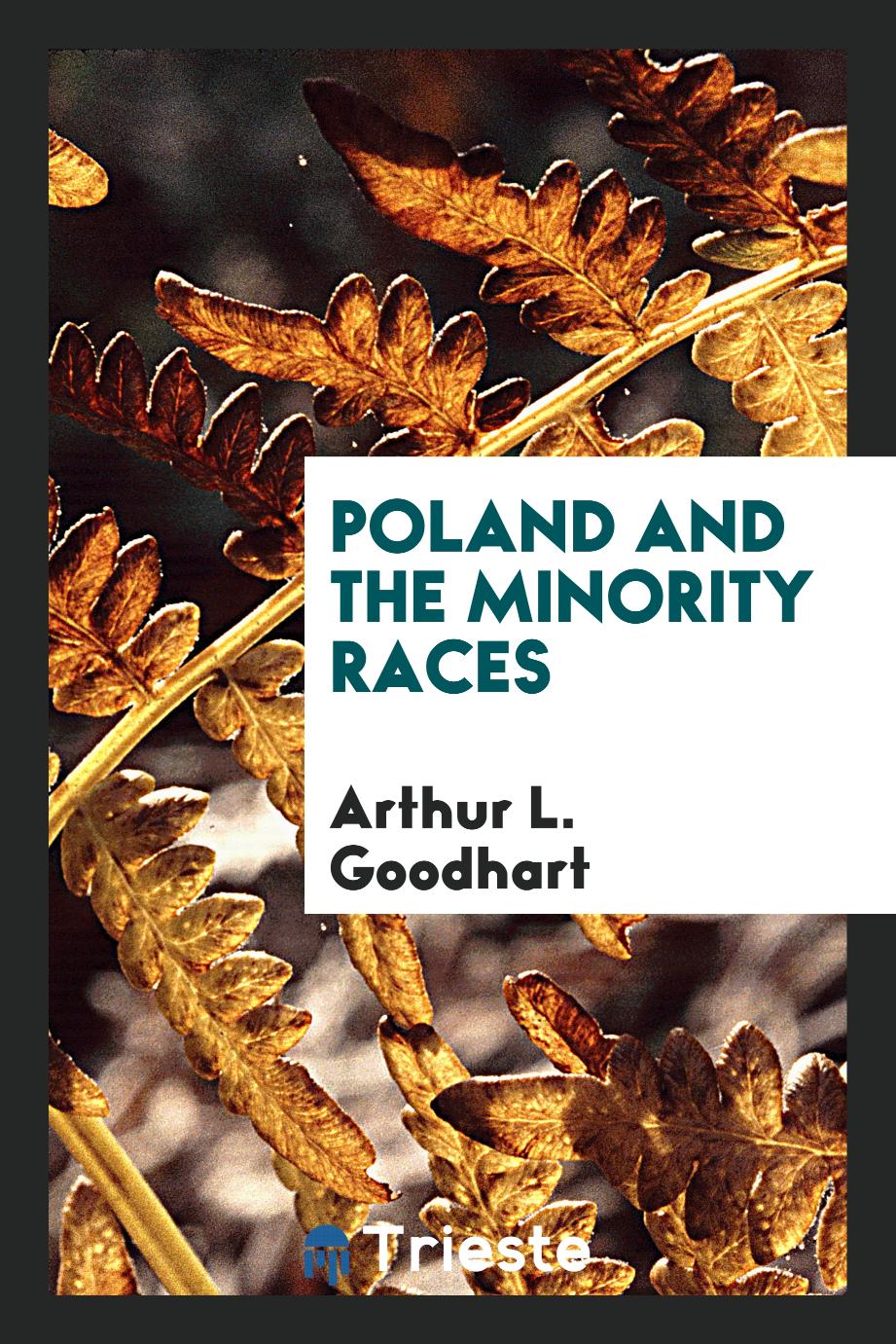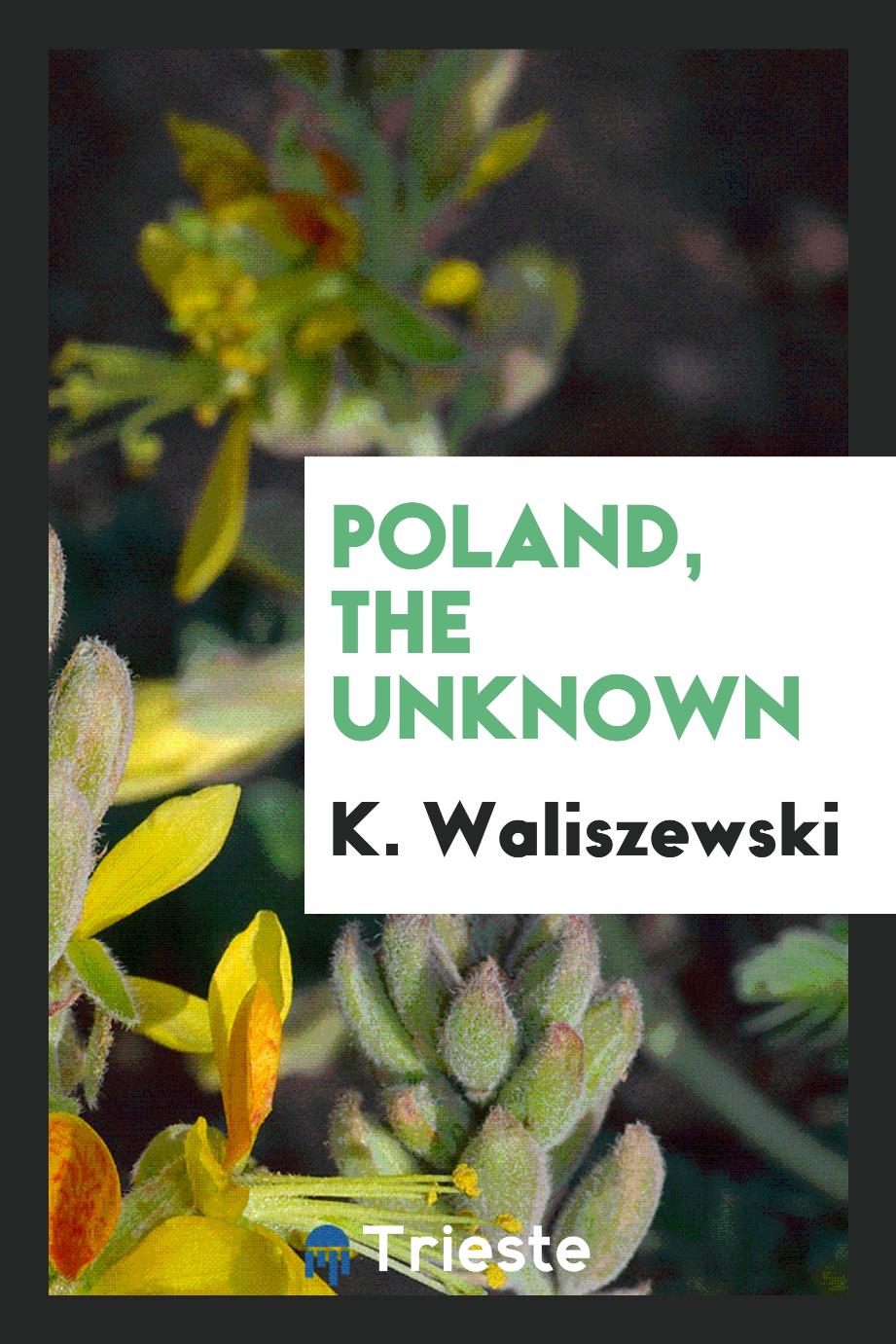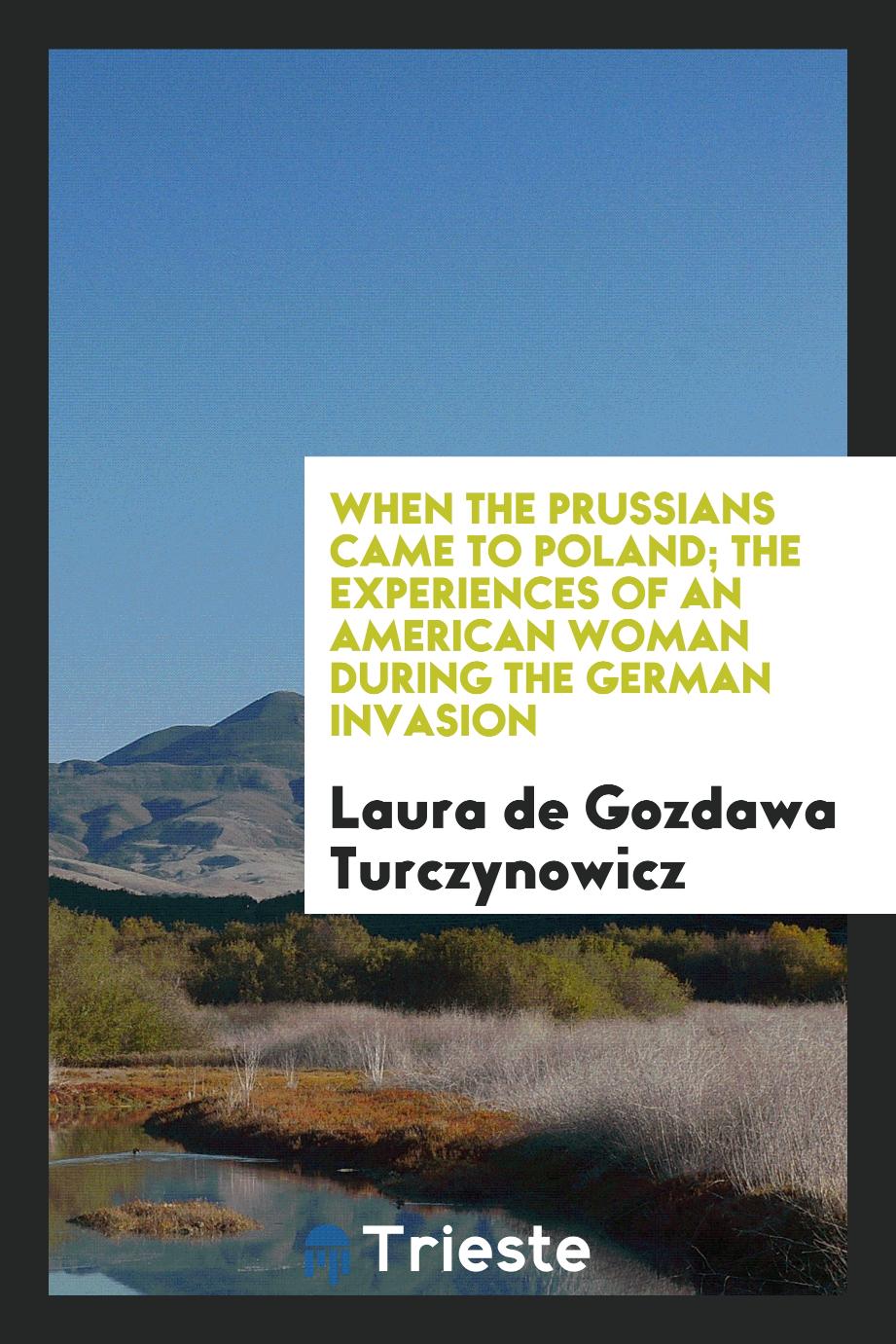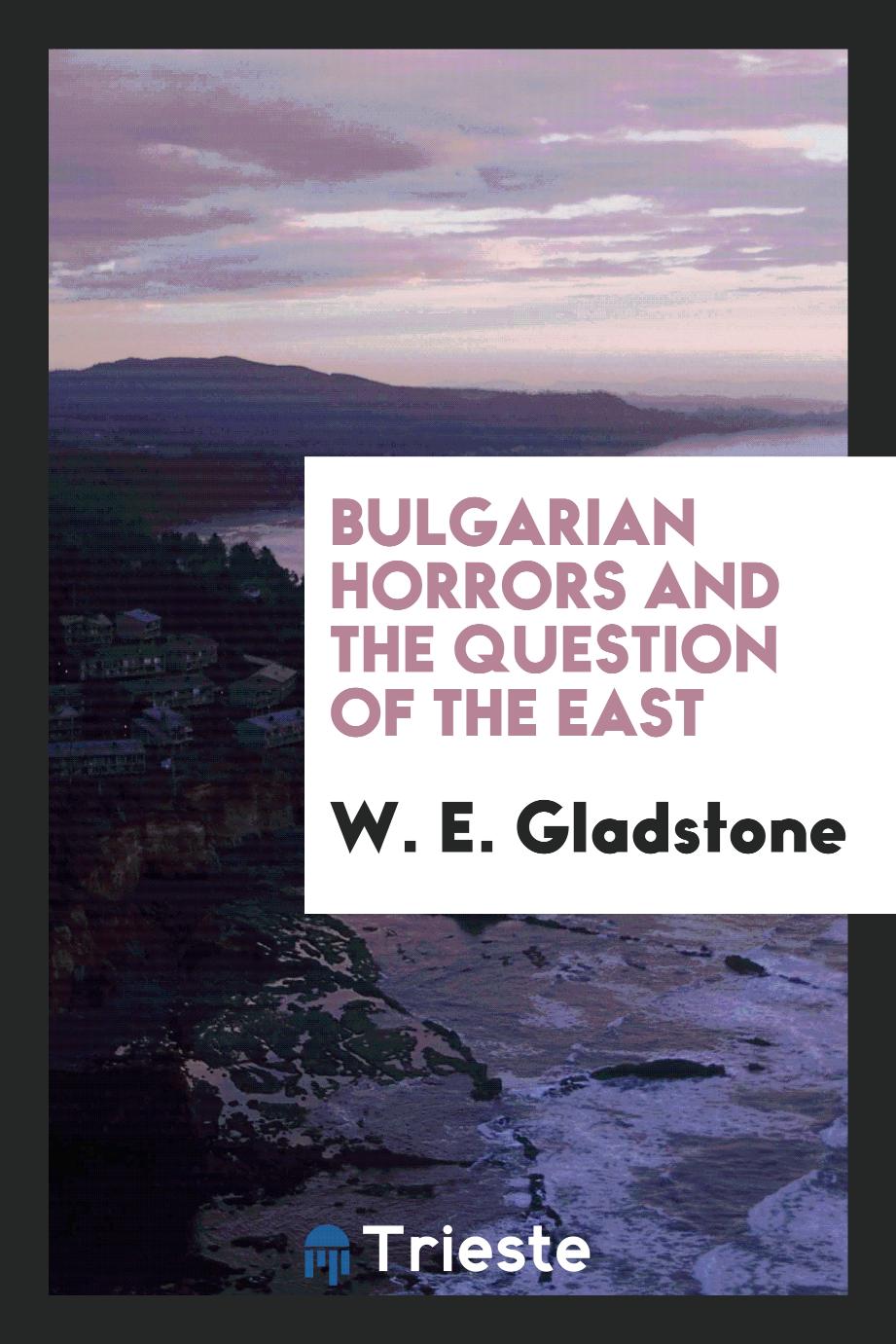Learn About Cultural Differences With Eastern Europe History Books
Eastern Europe comprises the countries of Bulgaria, Croatia, the Czech Republic, Estonia, Hungary, Latvia, Lithuania, Poland, Romania, Slovakia, and Slovenia. It is often considered part of a larger geopolitical entity known as East-Central Europe. The term is associated with the history of Eastern Europe during the Cold War era when it was dominated by the Soviet Union as part of its sphere of influence through the Warsaw Pact.
The Cold War period ended with the fall of Communism in Central and Eastern Europe and thus this region as a separate entity has also ceased to exist. The histories of Eastern Europe are some of the most colorful and compelling in the world. Eastern Europe has been a crossroads for cultures and civilizations for centuries. From its tumultuous history with the Soviet Union to its current struggle with Russia, Eastern Europe has been at the center of some of modern most important events.
History of Eastern Europe Books: A Key to Understanding Region's Contemporary Culture
In the early Middle Ages, the Slavs inhabited most of Central and Eastern Europe. These people were pagan until around the year 1000 when they were converted to Christianity by missionaries from the Byzantine Empire. The earliest examples of vernacular literature written in the East Slavic languages stem from the 11th century, but these texts were largely confined to tales about warfare, travelogs, and military exploits.
The first chronicle was compiled in Kyiv lands, supposedly by an anonymous monk called Nestor in the middle of the 12th century. He wrote about events in Kievan Rus' from approximately 1056 until 1119. It also contains valuable information about Poland, Hungary, and Flanders. There are earlier examples of written documents that are now considered important historical sources: The Tale of Igor's Campaign, a poem by the anonymous author known as The Lay of Igor's Campaign, describes events from the 1147 raid on Kyiv to its aftermath.
EU Eastern Europe Rise
The history of eastern Europe is a complex topic that could take an entire semester to study. While it is impossible to cover the entire timeline in a few pages, the history of eastern Europe book aims to provide an overview of how these countries have developed over years. They cover not only ancient and medieval times but also the cruel period of Russia's domination of the Eastern Bloc after the Second World War, which excluded any political or economic ties to Western Europe.
When the Soviet Union collapsed, the countries started their road to freedom and a lot of historical background started to reappear. There are many book series starting to appear on this topic, eventually discussing the current state of affairs and future challenges of eastern Europe. They aim to provide Western audiences with an understanding of these newly opened states. With that knowledge, readers can better understand their current status as well as the challenges for their future development.























